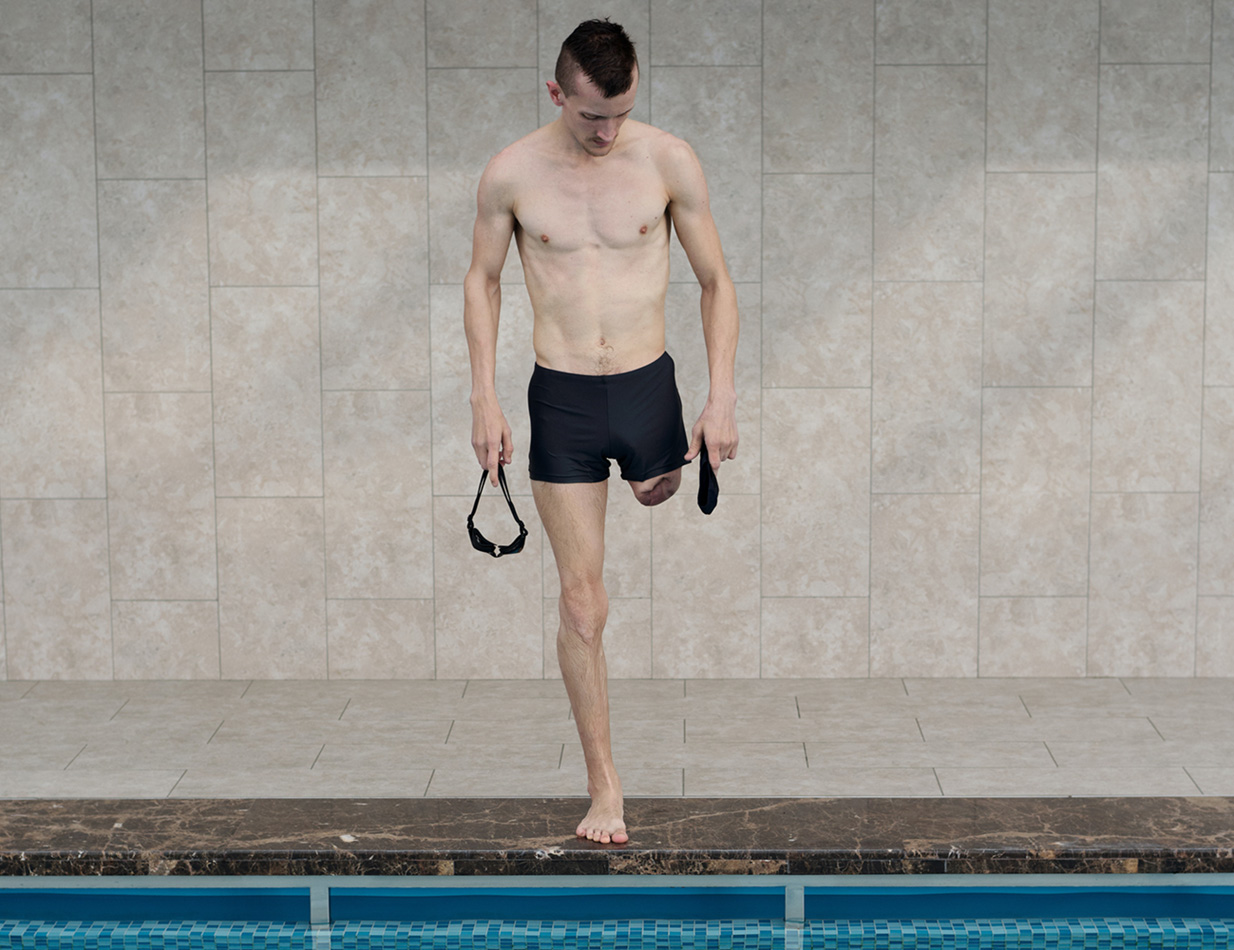Tips for Including Athletes with Disabilities

Published
Johnny is 13 years old and wants to join your swim team. He has been a recreational swimmer for a couple of years but never really competed. Johnny also has an above knee amputation and cannot wear his prosthetic leg in the water. Kicking is a vital skill in swimming but he does not kick like your other swimmers. You are excited about having him on your team but you are not quite sure how to include him so that the other swimmers, Johnny, and you can all benefit from his participation.
More and more people with disabilities are joining sports programs but coaches are struggling with how to successfully include athletes with disabilities. You want to do the right thing. You also know that according to the American with Disabilities Act (ADA), Johnny and other people with disabilities have the right to participate on the team. Here are some simple ways to include people with disabilities on your team.
- Embrace the opportunity. The team takes direction from the coach. If coaches see including people with disabilities on their teams as beneficial and increasing diversity, than the team will also benefit and gain new experiences. Coaches should also focus on the positives about inclusion instead of worrying about ways that the athlete will hurt the team. Many of the techniques for inclusion can help all athletes. For instance, deaf athletes may want the drills for the day written on a board. This can help you so that you don’t have to tell your athletes 100 times what they are supposed to do.
- Treat the athlete as an athlete. Focus on the person instead of the disability. Athletes with a disability want to participate in sports for the same reason as your other athletes. You can sit down with your athletes to determine their goals for participation, what they want to learn, and strategies for achieving goals. This will demonstrate that you want them all to improve.
- Provide opportunities for the athlete to be a leader. As you do with your other athletes, coaches should also provide opportunities for the athlete with a disability to be a successful leader. All athletes including those with disabilities can choose one of the drills to do, select the relay team, or lead the cheers to demonstrate their leadership skills. This will demonstrate to your team that you have confidence in the athlete’s leadership skills and also show that all athletes are integral members of the team.
- Collaborate with the athlete to modify sport techniques. Coaches have to adapt drills and activities all the time for athletes who don’t understand the drill, cannot do it correctly, or have to do it differently because of a temporary injury. Generally, coaches are very creative in coming up with new ideas and they can do this to help the athlete with a disability succeed. It is also okay to ask the athlete the best ways for them to be successful. For instance, since Johnny has an amputation he may have to kick differently. He may have to learn how to kick the one leg closer to the middle of his body than the side of his body or kick a couple of times to the left and then a couple of times to the right.
- Learn accommodations based on the rules of the sport governing body. Most sports have rules or accommodations that have been established for ways to successfully include people with disabilities. For instance in wheelchair tennis, the ball is allowed to bounce twice before the person has to hit the ball. If you are coaching a tennis team with a player who uses a wheelchair, you could allow them to let the ball hit the ground twice but the other players must hit the ball after just one bounce.
- Have similar expectations. Athletes with disabilities want to be like the other members of the team and coaches should create realistic yet challenging expectations for all athletes. Coaches want their athletes to improve their skills and succeed and should give the athletes with disabilities the same amount of feedback as the other athletes. The coach should also expect that all members of the team be supportive of one another. There are more similarities among team members than differences. Thus, everyone should be expected to follow the same rules, guidelines, and policies.
- Foster independence. Coaches should promote independence among their athletes as well. If you expect the rest of your players to pick up their equipment at the end of the day, you can foster independence by making sure the athlete with a disability also follows this same rule. The athlete may have to come up with creative ways or it may take them longer to complete the task, but the athlete should be working on independence and developing strategies so that they can complete their activities of daily living by themselves.
- Seek consultation. Along with seeking advice from the athlete, coaches can talk to other coaches, teachers, or administrators who have experience in working with athletes with disabilities. There are many coach-related chat forums on the internet and a coach can seek answers among their peers. For example, the National Center on Physical Activity and Disability has numerous articles and brochures about techniques for inclusion for various sports.
Coaches are required to provide reasonable accommodations for athletes with disabilities and many coaches struggle with ways to successfully include these athletes. For the most part, having the right attitude and a willingness to try is the key ingredient. If you are willing to try these other steps, then you will develop an environment where people recognize everyone’s abilities versus their disabilities!
Resources:
- https://www.pvswim.org/disability/bcoach.pdf
- National Center on Physical Activity and Disability (www.ncpad.org)
Share this article:
Published in:




